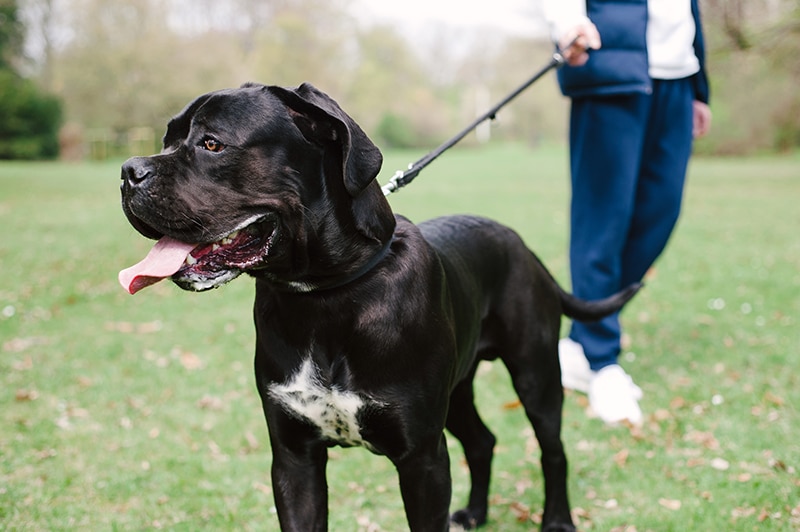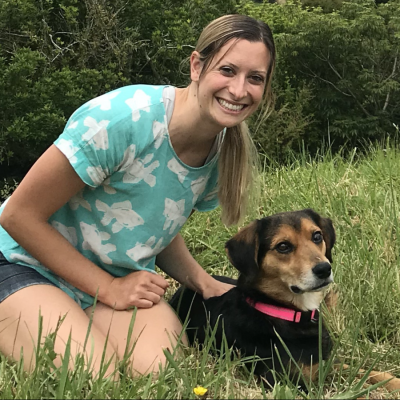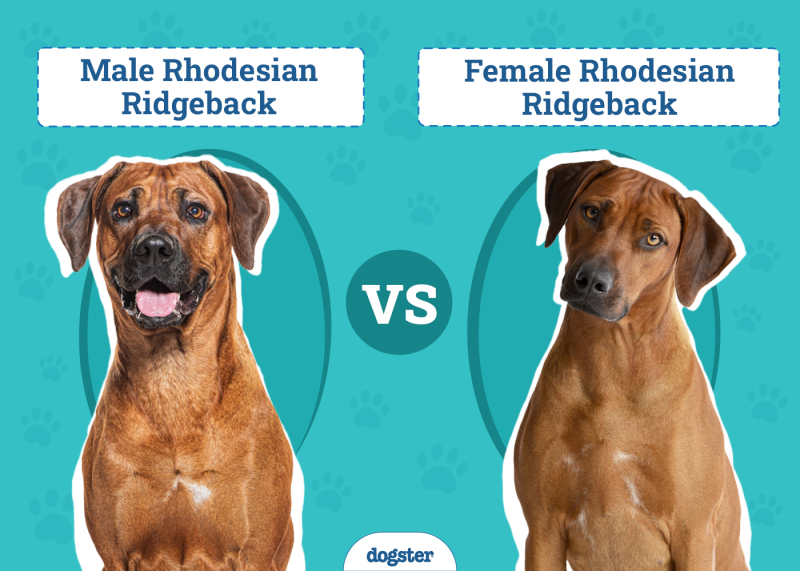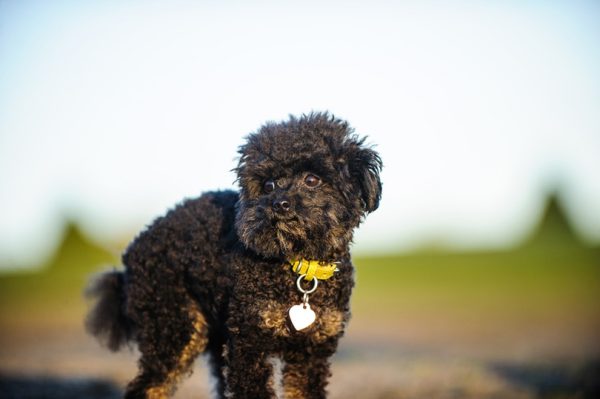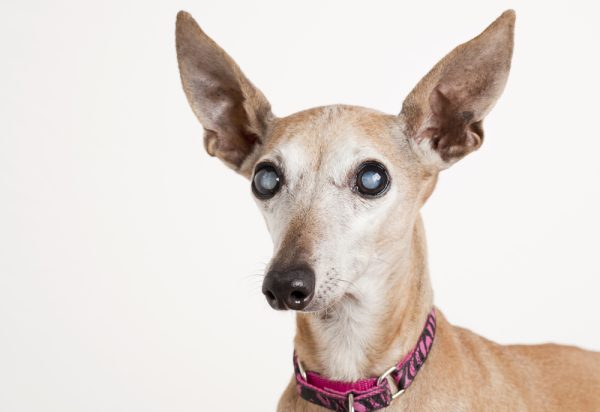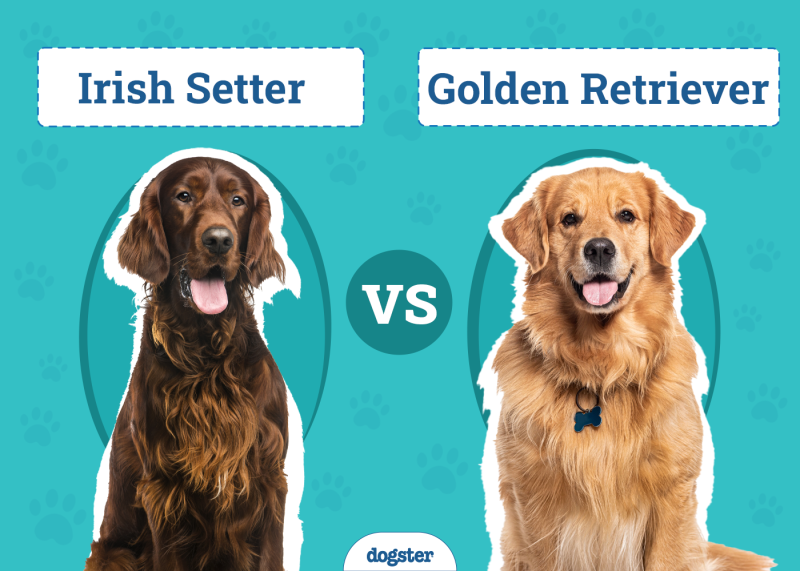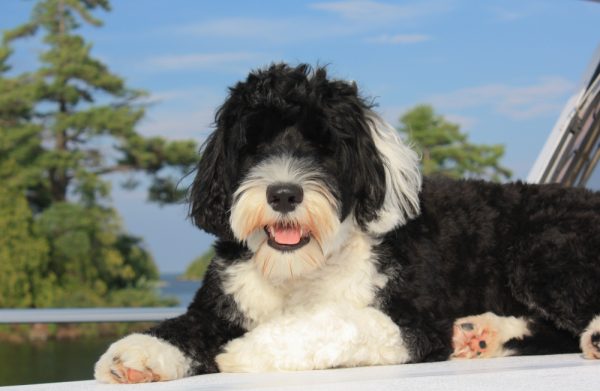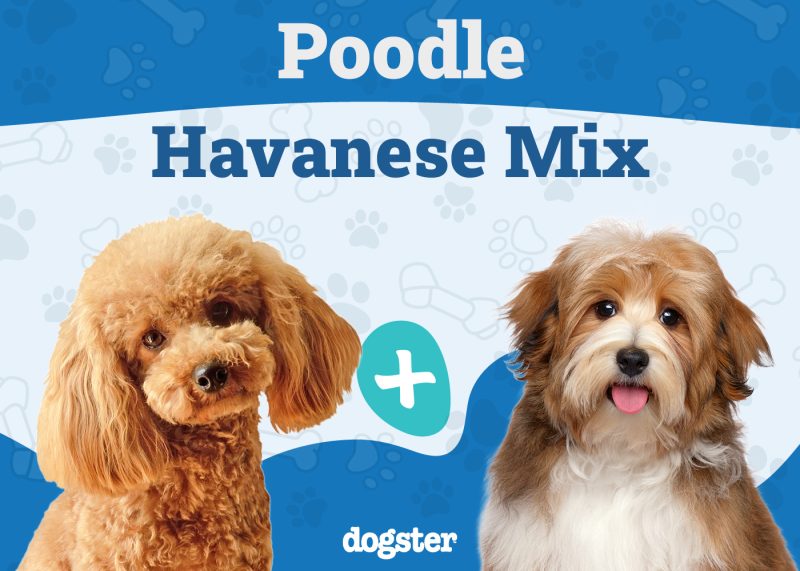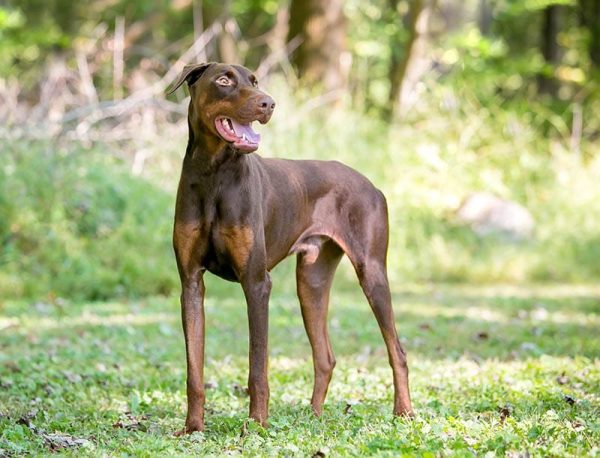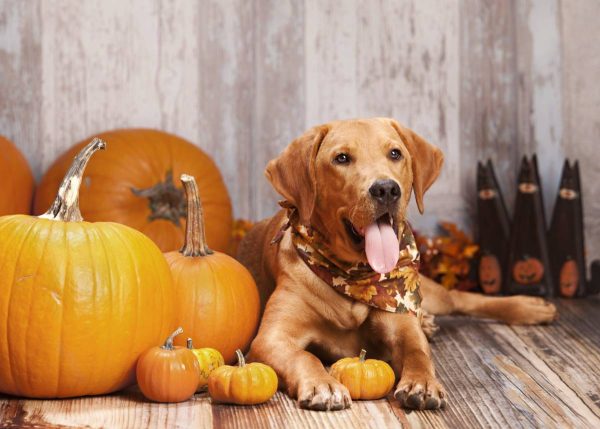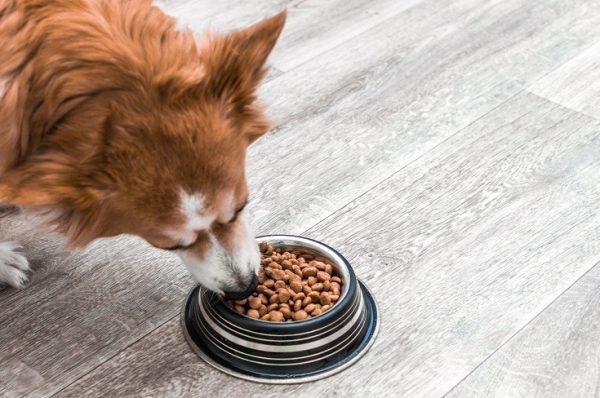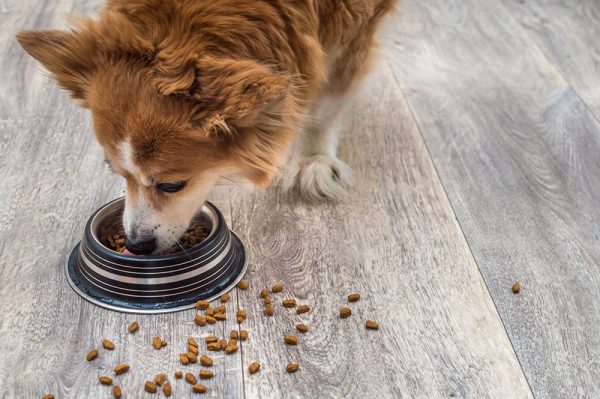In this article
View 8 More +You may choose the Border Collie if you want intelligence or the Greyhound when you value speed, but if you’re looking for the most incredible dog of all, you’d be hard-pressed to find a better fit than the Cane Corso. Since ancient times, the Cane Corso has let their laid-back yet loyal nature define them.
Though hardly a pushover, this majestic bodyguard is always eager to please and protect a deserving owner. Discover all there is to appreciate about the Cane Corso as we explore their care, temperament, and traits.
Breed Overview
Height:
23.5–27.5 inches
Weight:
88–110+ pounds
Lifespan:
9–12 years
Colors:
Black, gray, fawn, black brindle, gray brindle, red, chestnut brindle
Suitable for:
Experienced owners dedicated to training and socialization
Temperament:
Loyal, protective, intelligent, confident, serious, dignified, laid-back, reserved
Standing up to 28 inches and weighing over 110 pounds, the Cane Corso is a powerful breed capable of intimidating anyone with the most furtive glance. As a close relative of the Neapolitan Mastiff, the native Italian Cane Corso descends from ancient Roman war dogs that would fearlessly charge the front lines.
After the fall of Rome, Cane Corsi found new outlets for their desire to work on farms as versatile guardians, hunters, and cart-pullers. The 19th and 20th centuries saw their populations dwindle as farming practices evolved to make the working dogs redundant.
Seeing the need to revitalize the breed, enthusiasts began working on restoring the Cane Corso in the 1970s. The AKC recognized the breed in 2010, and the Cane Corso has enjoyed a steady rise in popularity since 2016.
Cane Corso Characteristics

Cane Corso Puppies
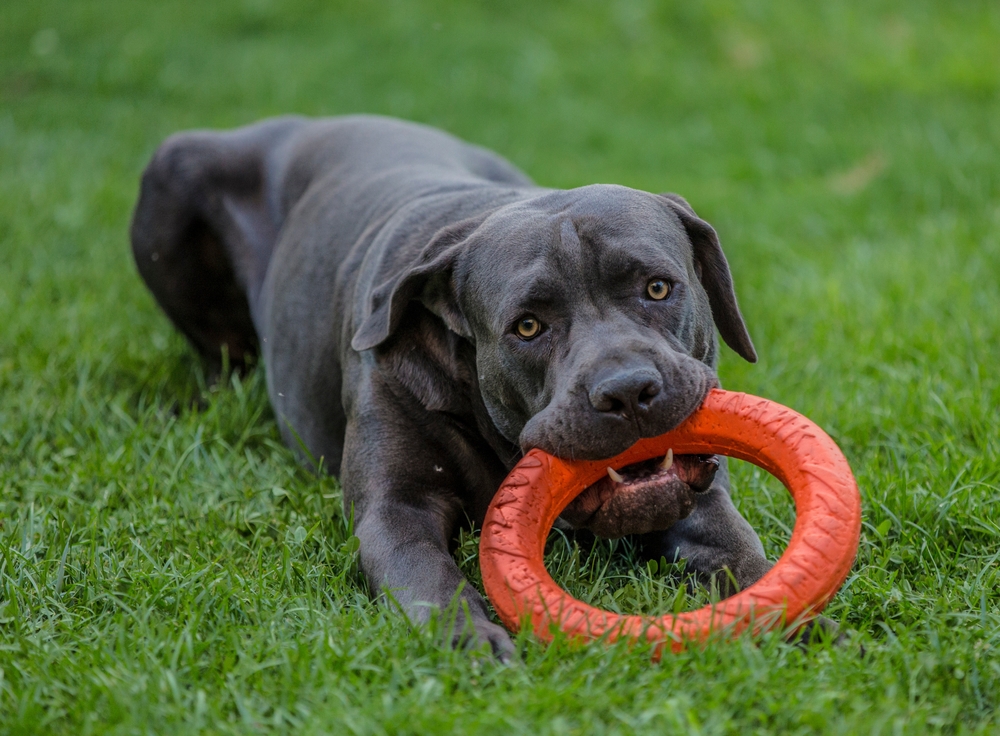
The Cane Corso is currently a top 20 AKC breed, so finding a reputable breeder shouldn’t be difficult. The downside is that the breed’s popularity also encourages unscrupulous breeding that latches onto a trend without dog welfare in mind. If you decide to look for a purebred puppy through a breeder, ensure you check for essential signs of quality, such as:
- Health testing on puppies and parents
- References from vets and local experts
- Open inspections of the home and kennel
- Meetings with puppy parents
You can also visit a Cane Corso rescue. Many owners find Cane Corsi more challenging to handle than they initially realized. Coupled with the increased breeding interest, this has put countless dogs of all ages in need of a home.
While Cane Corso puppies are cute when small, setting boundaries and prioritizing training are crucial. Within 1–2 years, the dogs will be over 100 pounds, so jumping on the couch or having poor social manners will be an enormous headache. Cane Corsi are a strong-willed breed and need consistent direction from a young age to understand their place in the home.
Temperament & Intelligence of the Cane Corso 🧠
The Cane Corso is an intelligent breed, but that doesn’t necessarily make them the easiest dog to train. They need a firm, consistent owner. Without clear boundaries and solid training, Cane Corsi will assert themselves, set their own rules, and try to take the leadership position.
While they’re reliably loyal, protective, and emotionally sensitive to their family, positive engagement and leadership are vital for their development. A Cane Corso makes an ongoing effort to stay well-behaved.
They thrive when they have jobs and enrichment to avoid becoming bored, uncompliant, and potentially destructive. Socialization is crucial from a young age since they are naturally aloof with strangers.
Are These Dogs Good for Families? 🏠
A Cane Corso is generally better with older children due to their size. They’re watchful over their family, but their sheer power can be hazardous around a small child. Since they’re protective, they may also forcefully intervene if they sense a threat, even if it’s only your child and their friends playing.
If you have a Cane Corso in a house with young children, you’ll need to train both parties to get along while maintaining constant supervision when they are together.
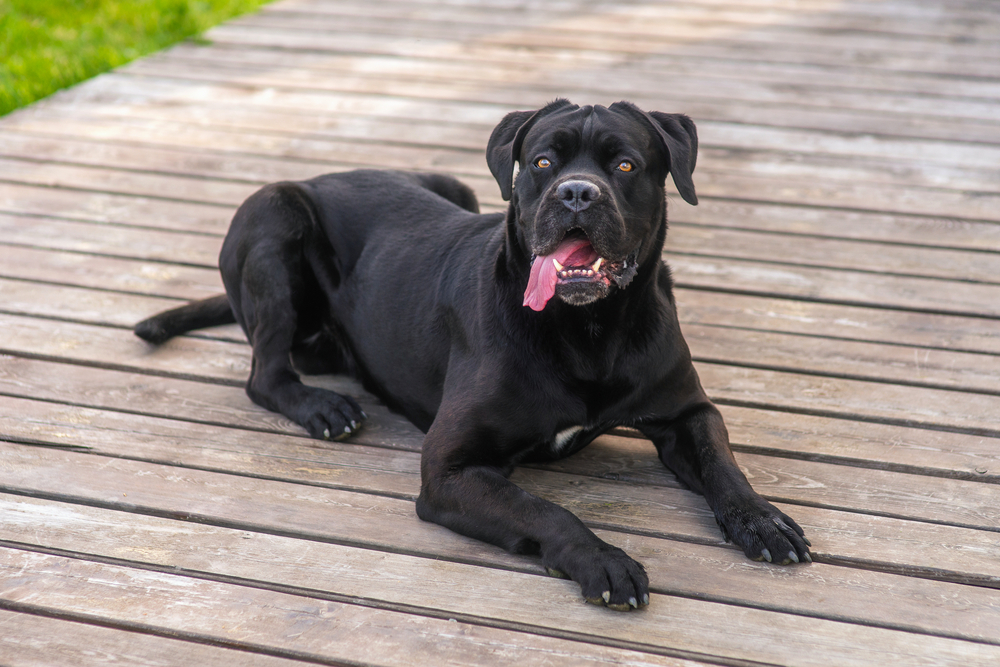
Does This Breed Get Along With Other Pets? 🐶 😽
Cane Corsi can get along well with other pets if introduced at a young age. In some instances, they can be dominant or aggressive toward other dogs or exhibit a prey drive around smaller pets. Socialization makes all the difference.
If you plan to pair your Cane Corso with another pet, getting them as a puppy and researching their temperament and upbringing with the breeder will give you the best chance of an amicable relationship with everyone in the home.

Things to Know When Owning a Cane Corso:
Food & Diet Requirements 🦴
The Cane Corso needs a high-quality diet to fuel them throughout the day. They should have an age-appropriate large breed formula, with servings given according to weight. Tracking their activity and feeding as they grow will help you prevent obesity. Discuss your dog’s ideal diet with your vet at regular appointments to ensure they eat the best food for their needs.
Generally, an adult Cane Corso will need about 4–6 cups of food split into at least two meals. Since they’re more prone to bloat, you may consider splitting feeding into several small meals throughout the day.
Exercise 🐕
Despite being a large breed, Cane Corsi need substantial daily activity to stay in shape and be happy. A well-exercised dog is a docile dog. A few daily walks or hikes to get in a couple of miles combined with backyard play will typically suffice. They need at least an hour of daily exercise.
Training 🦮
The most challenging aspects of the Cane Corso’s character are solvable with early and frequent training. You must set and enforce boundaries and work on obedience training to enhance your bond and cement your dog’s place, lest they become dominant and independent.
Crate training will help with housebreaking and preventing separation anxiety. A crate can also make a safe, comfortable area off the bed or sofa at night. As Cane Corsi are reserved and indifferent toward strangers, frequent socialization with various people and pets in different situations will help them become calm and welcoming of others.
Leash training and impulse control are vital. Once grown, a reactive, unsocialized, poorly trained Cane Corso can be unmanageable during their daily walk and a potential hazard. Keeping up with exercise and enrichment in the home will help your dog stay focused during training.
You can make sessions short and fun to ensure your Cane Corso stays successful and interested in them.

Grooming ✂️
The Cane Corso’s short, smooth coat is relatively easy to maintain. Weekly brushing with a curry brush and bristle brush can remove loose hair, stimulate the skin, and distribute the body’s essential oils for a sleek, healthy appearance.
Baths are only needed once every 6–8 weeks, though you can do them more often if your dog regularly gets dirty. Nails need trimming about once every 2–3 weeks. Otherwise, brushing their teeth every 2–3 days and weekly ear checks will round out the grooming routine.
Health and Conditions ❤️
Cane Corso dogs are one of the healthier and longer-living giant breeds. Vetting your source will significantly impact their long-term health, as responsible breeders will screen for many of the usual issues.
As a large, deep-chested breed, health problems like hip dysplasia, elbow dysplasia, and bloat are more common. Cane Corsi are also susceptible to eyelid conditions, including entropion, ectropion, and cherry eye, causing irritation and worsening infections and inflammation if untreated.
An affliction unique to the Cane Corso is a dental-skeletal-retinal anomaly. Signs of DSRA include brittle teeth, abnormal skeleton growth, tooth enamel problems, and retinal degeneration leading to vision loss. Their quality of life can suffer severely. The genetic defect is an autosomal recessive trait, highlighting the need for proper breeder testing.
- Obesity
- Entropion and other eyelid issues
- Idiopathic epilepsy
- Arthritis
- Demodectic mange
- Dental-skeletal-retinal anomaly
- Hip and elbow dysplasia
- Gastric dilatation-volvulus (bloat)

Male vs Female
Male Cane Corso dogs are generally taller and heavier than females, and some owners note minor differences in temperament. They can sometimes be aggressive toward dogs of the same sex, with males tending to show more dominance.
As with most dogs, spaying and neutering can temper their behavioral issues and reduce noticeable personality differences between the sexes.

3 Little-Known Facts About the Cane Corso
1. Cane Corsi Can Have a Brindle Coat (and They Tend to Live Longer)
Cane Corsi appear in seven AKC-recognized colors, including three brindle varieties. The tiger-stripe markings are an exotic accent to add further beauty to the coat, and according to a recent study, they may even predict a longer life.
The study found that, among their sample of 232 dogs, black brindle dogs tended to live the longest, with a median age of 10.3 years. Brindle and gray brindle had median ages of 10.13 and 9.84 years, respectively, which exceeded the median age of all dogs in the study (9.29 years).
Although the exact genetic reason for the longer lifespan is unknown, the authors suggest that breeding practices around brindle dogs may help prolong the Cane Corso’s average lifespan.
2. Cane Corso Ears Are Naturally Floppy, and Their Tails Are Long
Despite the erect, elf-like ears we commonly associate with the breed, the Cane Corso has naturally floppy ears. According to the Cane Corso Association of America, the AKC’s parent breed club, ear-cropping helps prevent ear infections and injuries, enhancing the dog’s quality of life.
Meanwhile, animal welfare advocates condemn the practice, calling it unnecessary, cruel, and detrimental to a dog’s ability to communicate. Ear-cropping is illegal in many countries.
The same issue applies to the Cane Corso’s naturally long tail. In their early weeks, breeders often dock the tail, which is a cosmetic decision many buyers prefer. The ethics and potential hazards and benefits of tail-docking are a source of ongoing debate.
3. The Cane Corso Often Appears on Banned Breed Lists
Due to their size and territorial nature, a Cane Corso is far from a practical apartment dog. But even if you could make it work, many places won’t allow the breed anyway. The Cane Corso joins many other powerful and potentially aggressive dogs, such as the German Shepherd Dog and Rottweiler, on banned breed lists.
Fortunately, some landlords are flexible and allow dogs if their owners prove they’re well-mannered and safe.

Conclusion
Experience and devoted training can unlock the wonders of the magnificent Cane Corso. Their manner is effortlessly calm, collected, and in control, and every motion captivates with their majesty and grace. The Cane Corso is affectionate and always present to comfort and protect those they love, and they always give you something to admire every day.
Featured Image Credit: Stylish_Pics, Shutterstock
